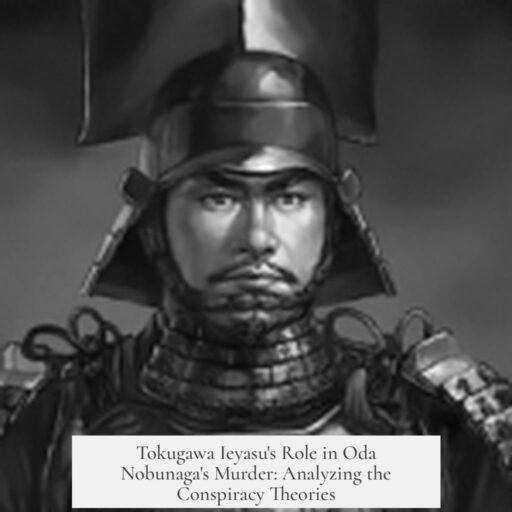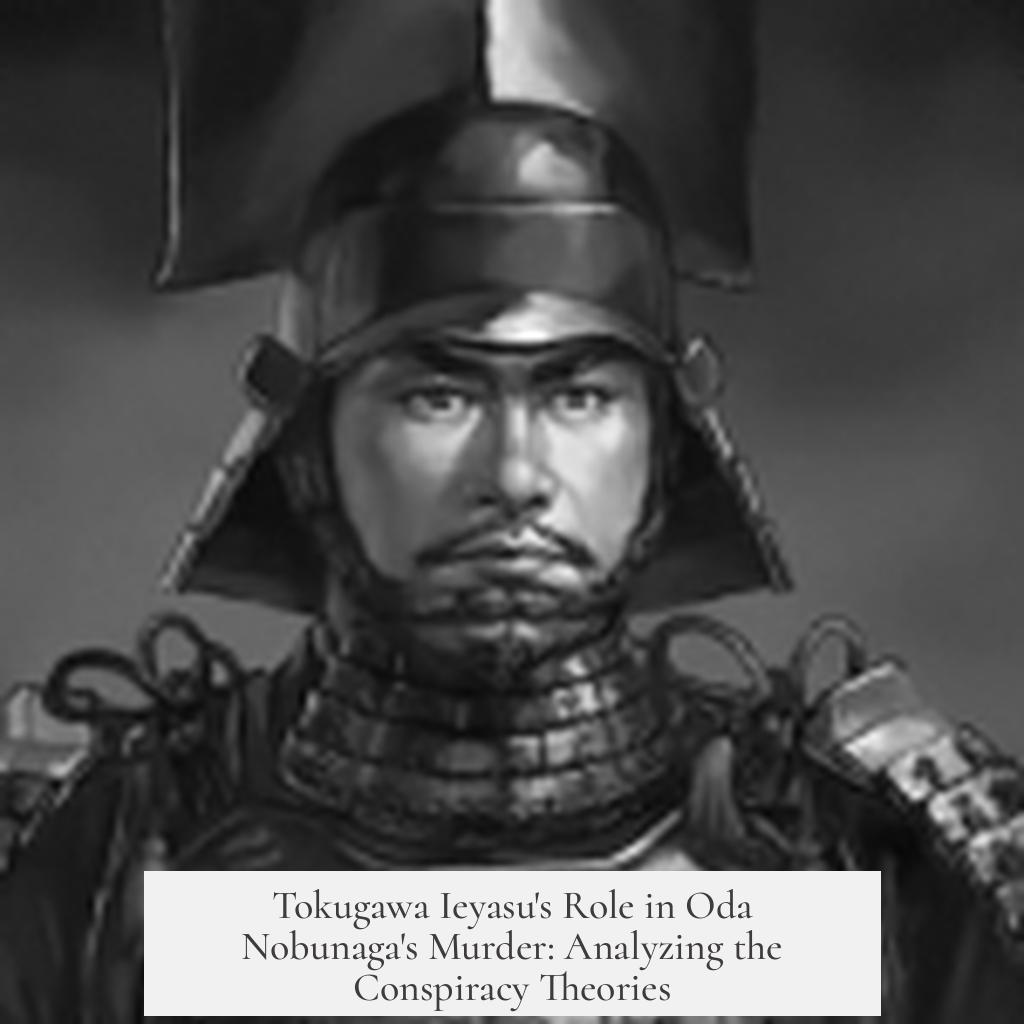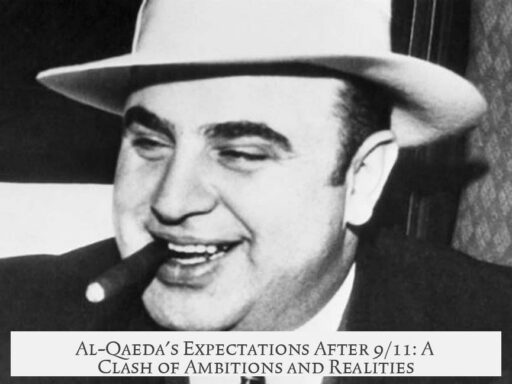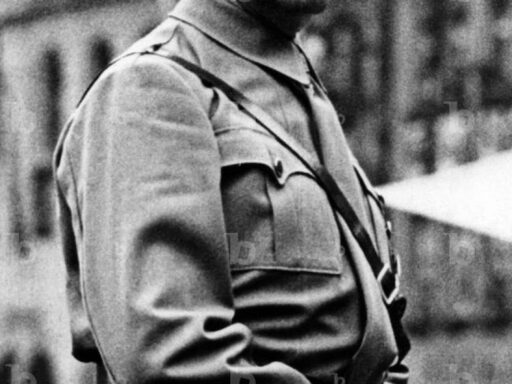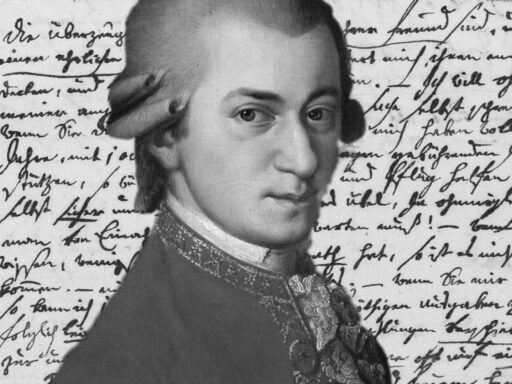It is not plausible that Tokugawa Ieyasu orchestrated the murder of Oda Nobunaga by Akechi Mitsuhide. Historical evidence and accounts consistently indicate that Ieyasu was taken by surprise by Nobunaga’s death and had no prior knowledge or involvement in the Honno-ji incident.
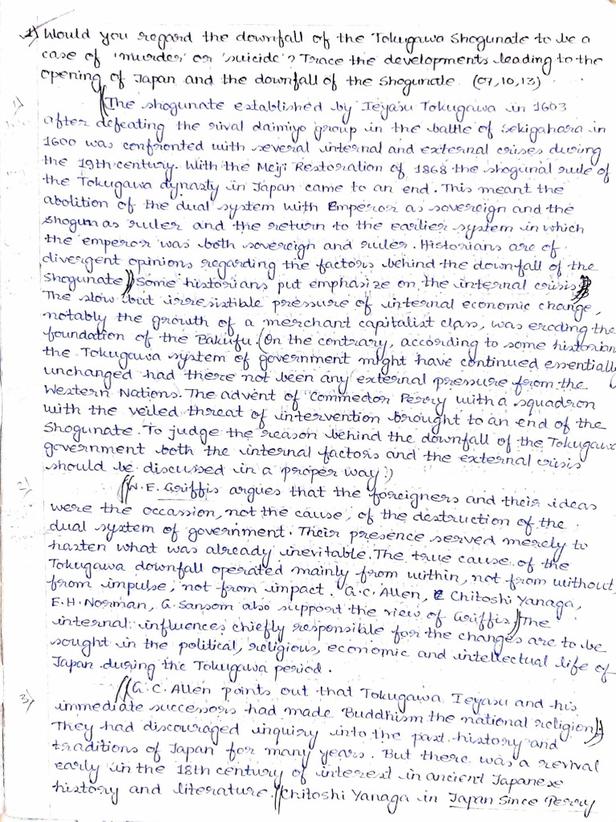
At the time of Nobunaga’s assassination in 1582, Tokugawa Ieyasu was at Hirakata. He had been invited there by Nobunaga himself to celebrate the recent defeat of the Takeda clan. This location places Ieyasu away from the events in Kyoto, where Nobunaga was killed by Akechi Mitsuhide.
Upon hearing of Nobunaga’s death, Ieyasu immediately began a dangerous journey back to his home in Mikawa province. This trip was fraught with peril as he traveled through the outlaw-threatened Iga province with only a few companions. Multiple sources, including Jesuit missionary Luis Frois and Japanese historians, confirm this hazardous retreat. The fact that Ieyasu had to make this risky journey suggests he was not expecting the event and was unprepared to take advantage of any resulting chaos.

After safely returning to Mikawa, Ieyasu worked to capitalize on the shifting political landscape, seizing the opportunity to claim lands previously controlled by the Takeda clan. However, this was a reaction to the incident, not a product of prior planning.
The element of surprise seen in Ieyasu’s movements argues strongly against his involvement in Nobunaga’s murder. If Ieyasu had orchestrated or supported Mitsuhide’s betrayal, it is reasonable he would have been better positioned beforehand to exploit the outcome. Instead, the main beneficiary of Nobunaga’s death proved to be Toyotomi Hideyoshi, who quickly moved to consolidate power.
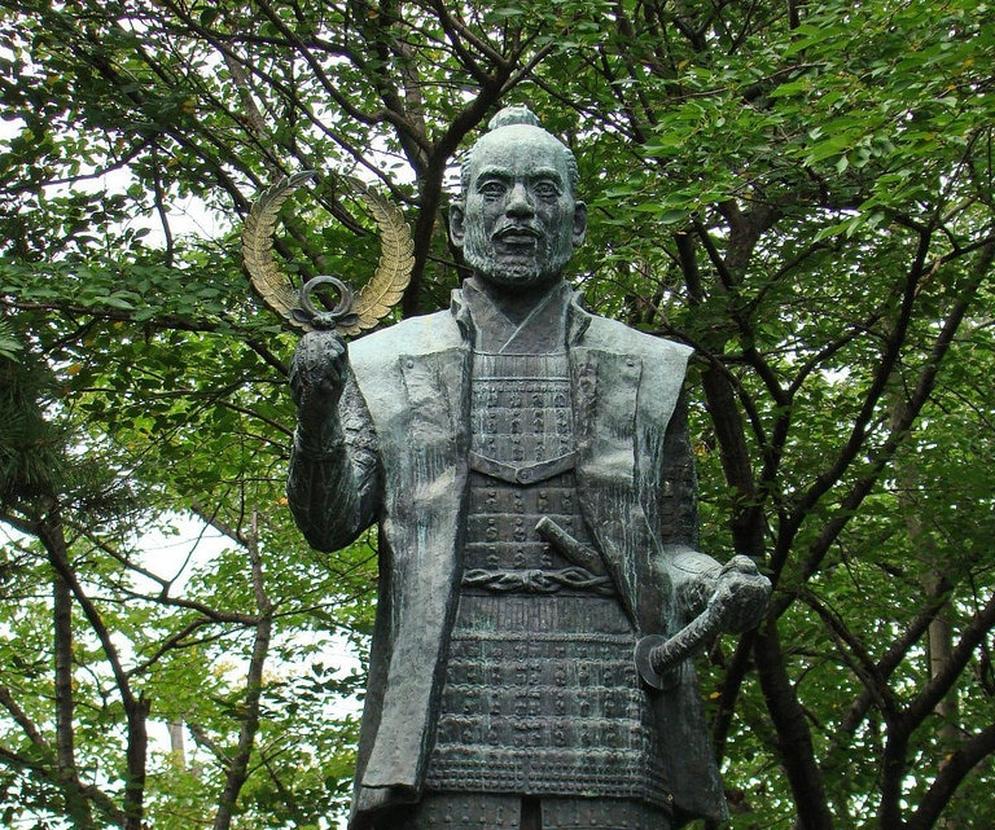
Leading Japanese historians, such as Hirayama Yu in “Tensho-Jingu War,” and English biographies like A.L. Sadler’s “Shogun,” support this conclusion. No credible historical work proposes Ieyasu’s complicity in this assassination.
- Tokugawa Ieyasu was in Hirakata, invited by Nobunaga, far from Kyoto during the murder.
- Ieyasu’s perilous retreat through Iga province shows he was caught off guard.
- He only sought to benefit after Nobunaga’s death, indicating no prior plan.
- Historical scholarship does not support the theory of Ieyasu’s involvement.
- Toyotomi Hideyoshi, not Ieyasu, was the primary beneficiary of Nobunaga’s death.
Is It Plausible Tokugawa Ieyasu Was Behind the Murder of Oda Nobunaga by Akechi Mitsuhide?
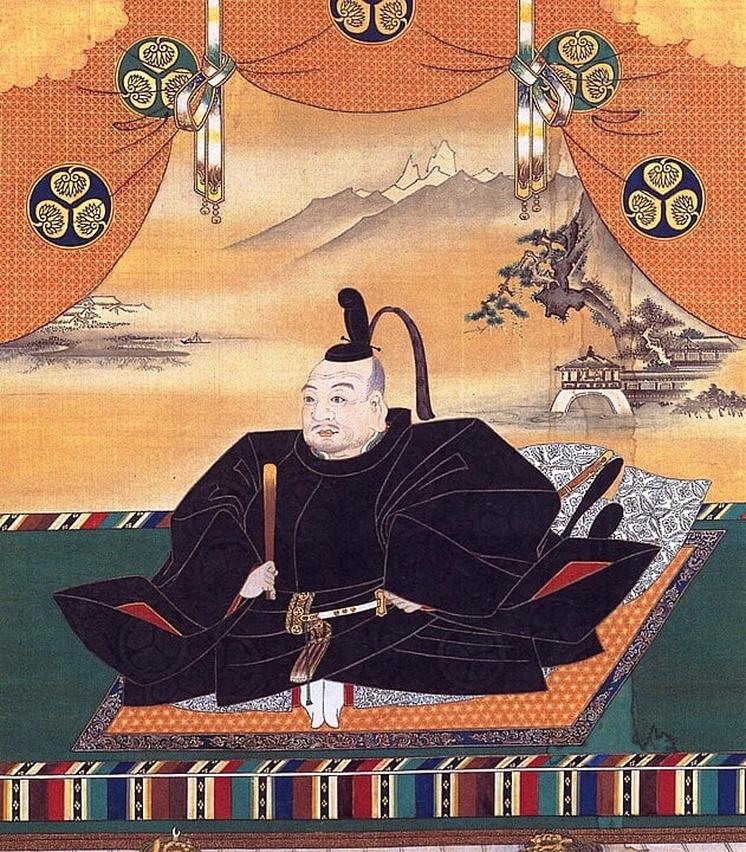
Did Tokugawa Ieyasu orchestrate the infamous assassination of Oda Nobunaga by Akechi Mitsuhide? The short answer: no, it’s highly unlikely. Historical evidence and various accounts suggest that this dramatic event, known as the Honno-ji Incident of 1582, came as a shock to Ieyasu. Let’s unpack why this theory doesn’t hold up against what we actually know—starting with Tokugawa Ieyasu’s whereabouts and actions at the time.
First, it’s important to frame the scene. Oda Nobunaga, a powerful daimyo intent on unifying Japan, was betrayed and killed by his subordinate Akechi Mitsuhide. Many wonder if this was a simple power grab or a well-planned conspiracy involving other major players, like Ieyasu. To believe Ieyasu masterminded the killing, we’d expect some direct signs or historical support. But so far, no respected Japanese political historians back this.
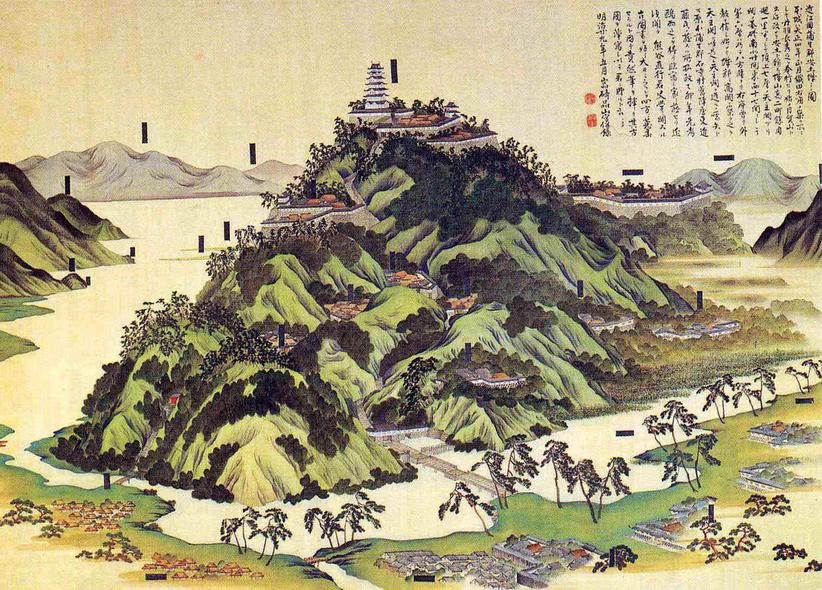
Ieyasu’s Position When Nobunaga Fell
Here’s a crucial fact: when Nobunaga met his untimely end, Ieyasu wasn’t tiptoeing through back alleys plotting assassinations—he was in Hirakata. Nobunaga himself had invited him there to celebrate the recent defeat of the Takeda clan. Picture a party atmosphere, not a shadowy conspiracy forum.
As soon as Ieyasu learned of Nobunaga’s death, he didn’t spring into action as a mastermind might. Instead, he immediately set off on a risky journey back to his home province, Mikawa. This wasn’t a royal parade but a dangerous trek with few companions through the infamous Iga province—a region riddled with bandits and outlaws ready to pounce on any wandering high-profile samurai.
Jesuit missionary Luis Frois, among others, detailed this perilous journey.
That Ieyasu took this hazardous route, rather than a safe, well-planned passage, strongly implies he had no advance warning or involvement in the murder.
How Does Ieyasu’s Reaction Rebut the Conspiracy?
Good conspirators don’t just wing it through outlaw land expecting to dodge bullets with a mere handful of retainers.
If Ieyasu had engineered the betrayal, he would have been prepared—ready to roll out immediately and swoop in on the chaos. Instead, he looked like a startled guest at a party who just found out his host got stabbed and now has to get home through a gauntlet of street thugs.
In fact, upon his safe return, Ieyasu sought to capitalize on Nobunaga’s downfall by moving into the old Takeda lands. Smart move, yes, but it reads more as opportunism than a prearranged coup.
Who Really Benefited From Nobunaga’s Death?
One might suspect Ieyasu as the main beneficiary, but history says otherwise. It was Toyotomi Hideyoshi, another key general under Nobunaga, who swiftly seized control and consolidated power. Hideyoshi’s rapid rise after the Honno-ji Incident makes him the more obvious “winner” of Nobunaga’s murder, not Ieyasu.
Conclusion: The Honno-ji Incident’s Reality
So, can we realistically link Tokugawa Ieyasu to the murder plot? The evidence suggests no. The Honno-ji Incident blindsided him. He was geographically distant, physically vulnerable during his return, and strategically behind Hideyoshi in benefiting from the power vacuum.
While it’s tempting to entertain theories of secret plots and grand betrayals, the facts don’t support Ieyasu as the puppeteer behind Nobunaga’s assassination.
Need More Detailed Historical Reading?
- For English speakers, the classic biography Shogun by A.L. Sadler offers a detailed account of Tokugawa Ieyasu’s life and movements during this period.
- Japanese historians have recently offered sharp insights into Ieyasu’s immediate post-1582 actions. Hirayama Yu’s book Tensho-Jingu War delves into the specifics, though it’s only available in Japanese.
Understanding Ieyasu’s path sheds light on his real role—not as a sinister mastermind but as a savvy survivor turned shrewd politician.
Final Thought
Does knowing these facts make the story less thrilling? Maybe. But history is messier and often less conspiratorial than our imaginations might like. Who doesn’t love a good mystery, though? So, while Ieyasu’s role behind Nobunaga’s murder remains unlikely, it’s a question that keeps history buffs typing away, searching for a shadow where there might only be plain daylight.
